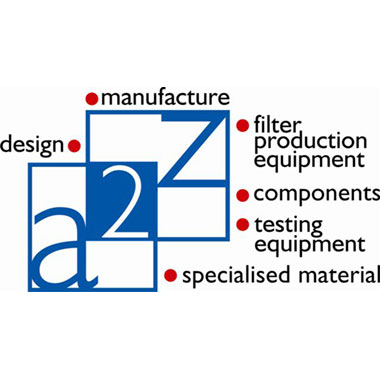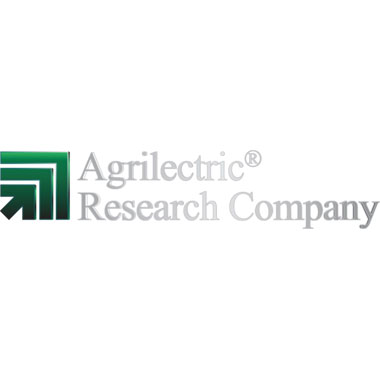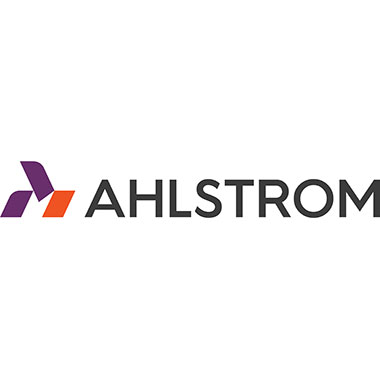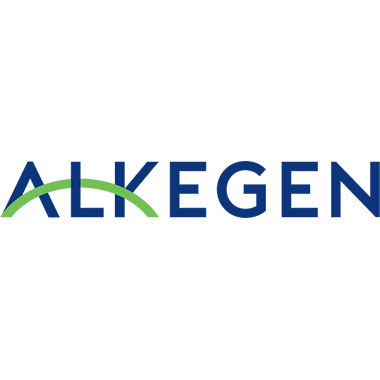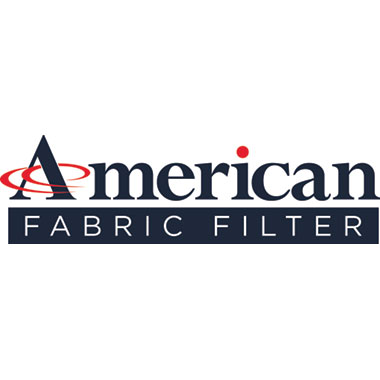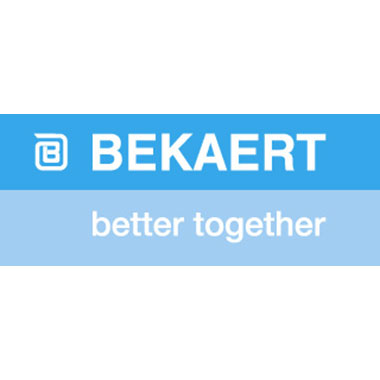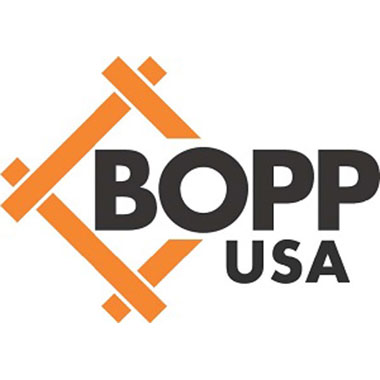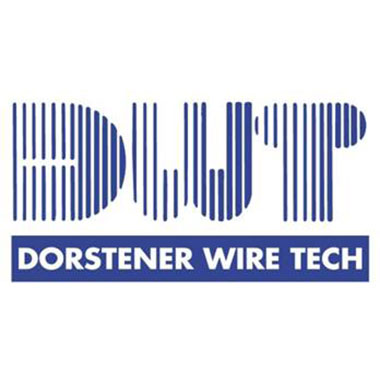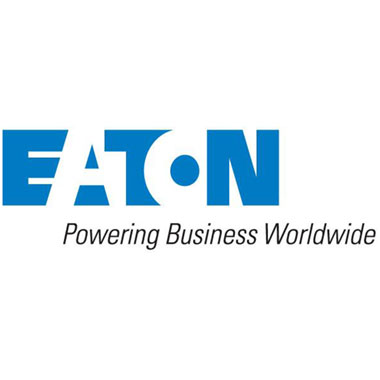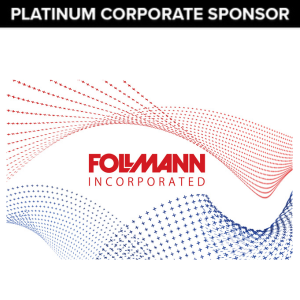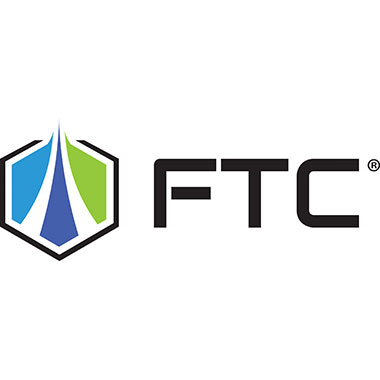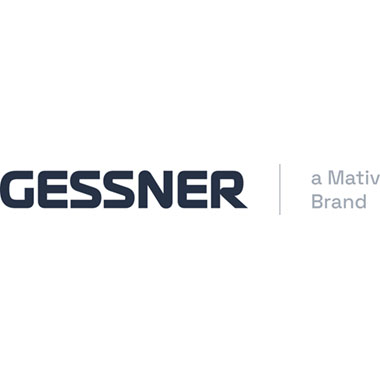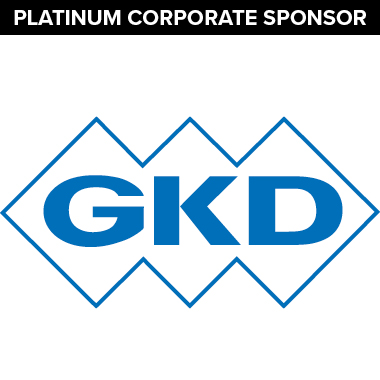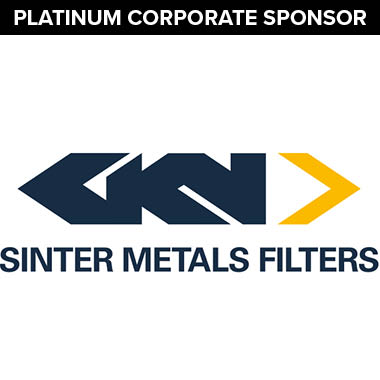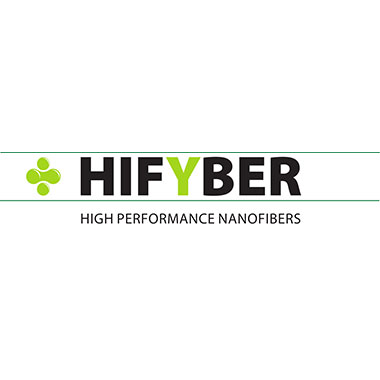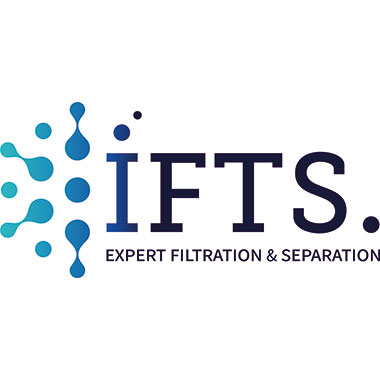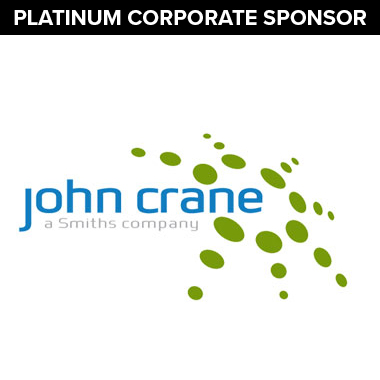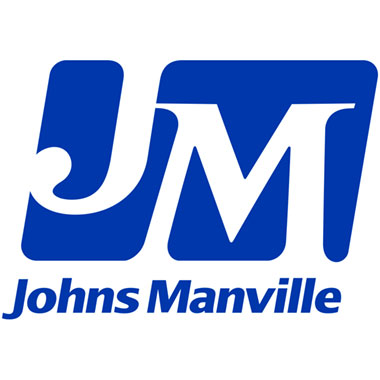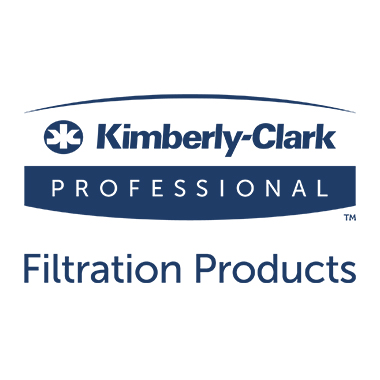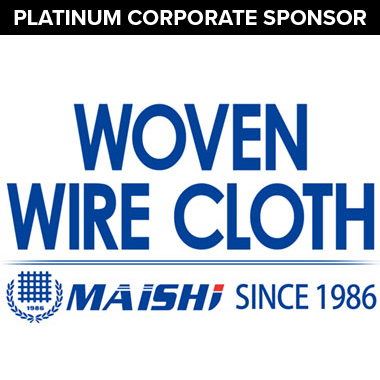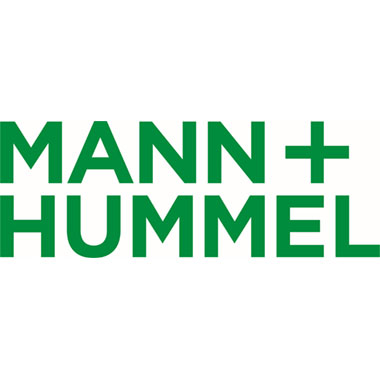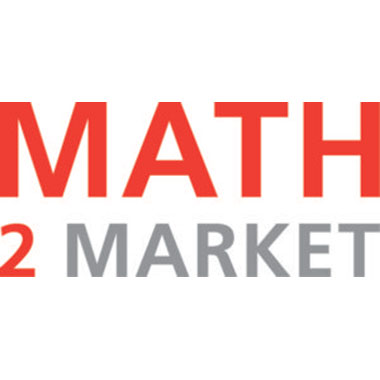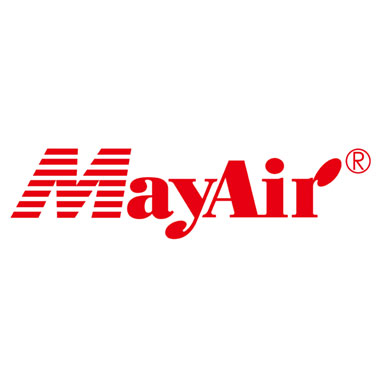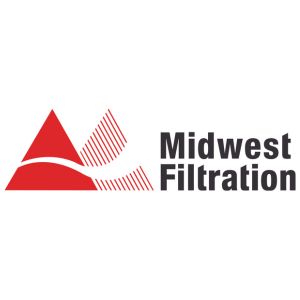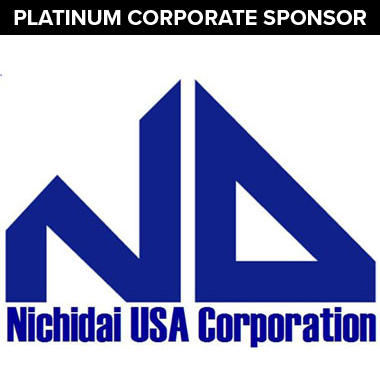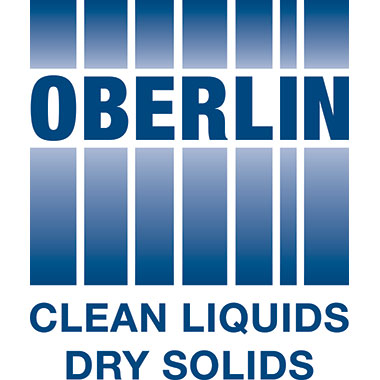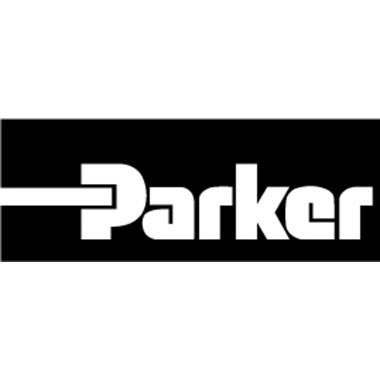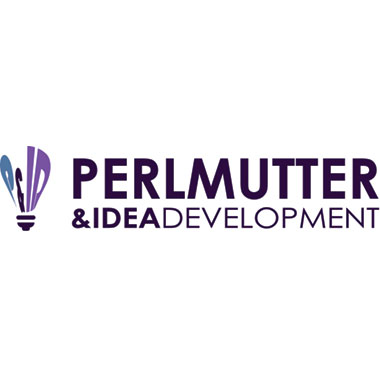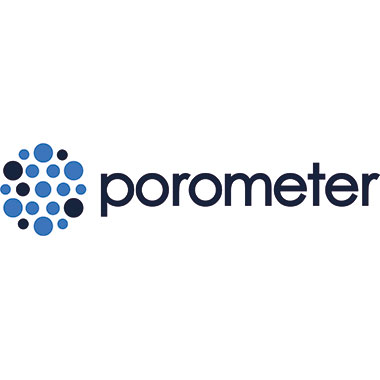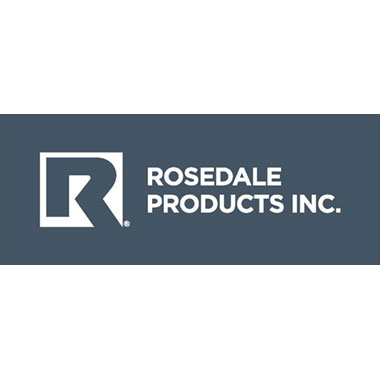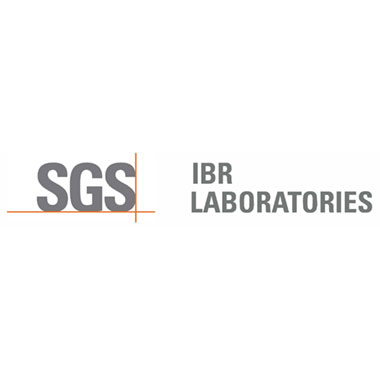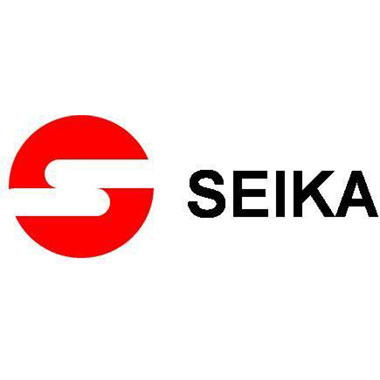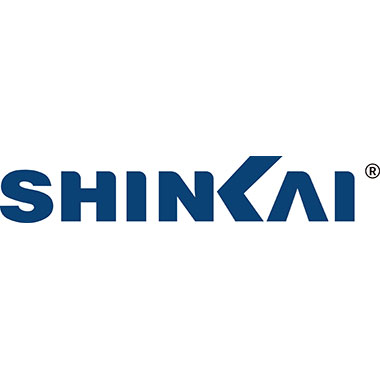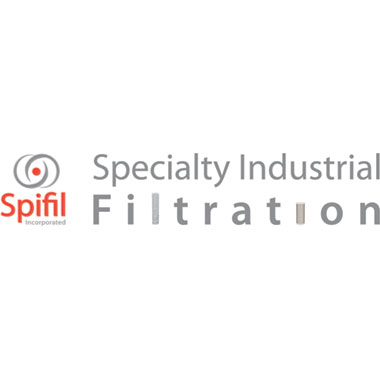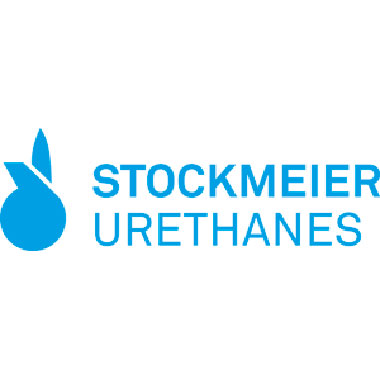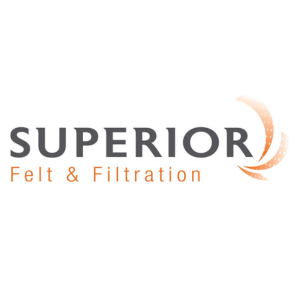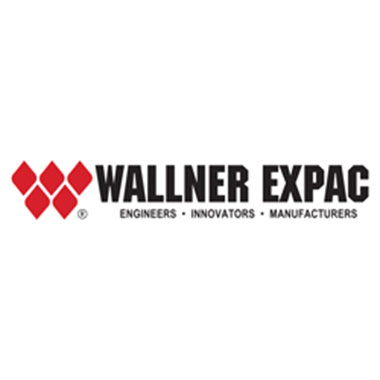The State of Filtration in the Race to Zero Emissions and in the Wake of COVID
 AFS FiltCon 2021 included a plenary presentation from Brian Lane, expert filtration industry consultant and retired Vice President of Engineering, Technology and Innovation at Parker Hannifin. His presentation, “How Global Mega Trends, Particularly the 'Race to Zero Emissions' and COVID, are Impacting the Filtration Industry,” provided valuable insight into the state of the filtration industry, especially in light of the events of 2020.
AFS FiltCon 2021 included a plenary presentation from Brian Lane, expert filtration industry consultant and retired Vice President of Engineering, Technology and Innovation at Parker Hannifin. His presentation, “How Global Mega Trends, Particularly the 'Race to Zero Emissions' and COVID, are Impacting the Filtration Industry,” provided valuable insight into the state of the filtration industry, especially in light of the events of 2020.
Brian began by referencing the 2017 AFS Point of View Publication, written by former AFS Chair Tom Ramsey. Brian highlighted six global mega trends that formed the basis for chapter two of the report, emphasizing that after four years, all are still vigorous drivers of change in the filtration and separations industry: Population Growth and Social Change, Disruptive Digital Technology Changes, Rapid Urbanization on a Global Scale, Climate Change and Natural Scarcity, Transformative Healthcare Advances, and Reduce, Reuse and the Race to Zero Emissions/Discharge. In fact, the events of 2020 even accelerated the pace of change for several of them, most notably in the social change, healthcare and emissions areas.
Now a $95 billion industry, in 2020 the filtration business experienced several eye-opening revelations and challenges worth noting, explained Brian.
- COVID-19 delivered an unmatched opportunity to educate billions of people at once on how air particles move, how airborne illness is spread, and how filtration can play a mitigating role. No other event could possibly have captured the attention of so many, so quickly, for so important a lesson.
- The demand for face masks outpaced supply, leading companies large and small to pivot to mask manufacturing to help frontline workers and everyday people. Examples include 3M, which resurrected and repurposed U.S. equipment and increased capacity to around three billion masks per year in the U.S; Honeywell, which increased their production to around one billion masks annually, and MedLine, a medical supply company that entered the face mask industry for the first time.
- A collective recognition across countless industries and interests of the need to improve indoor air quality. This was reflected in many ways, among them an official ASHRAE recommendation that a MERV 13 HVAC filter be standard for preventing indoor spread of COVID-19. This rapid support of higher efficiency air filters led to a global demand and subsequent shortage of nonwoven and meltblown filter media. The industry responded by recommissioning mothballed equipment, repurposing existing lines and ordering more new machines in 2020 than in the previous five years combined. In Europe, 2020 production levels of nonwovens reached record levels, up around 7% over 2019 levels.
- The role of filtration in vaccine development cannot be overstated. The record development and deployment of multiple effective COVID vaccines owes credit to countless collaborators. Among them are filtration companies like Parker Hannifin, which for several years has been developing and perfecting a biopharmaceutical filter and dispense system that was well-positioned to join the vaccine effort.
- Supply chains in nearly every industry were not as strong as we thought they were. Shortages, delays, distribution failures – all of these and more became (and still are) a normal daily experience. We saw up close just how interdependent we all are and the consequences of supply chains that are not resilient.
All of the above have implications for the future outlook in filtration:
- It’s estimated that post pandemic, the U.S. alone will require at least 2.2 billion N95 face masks per year, just for frontline workers. It’s highly likely, based on we all have learned, that average face mask usage will continue among all walks of life, driving demand even higher.
- The sudden surge of face masks into everyday use has created a growing environmental concern: face mask disposal. Opportunities to address this problem in the form of biodegradable masks and mask recycling programs are already being addressed by companies like CNW in Canada and Desai in India.
- Improving indoor air quality with MERV 13 filters is regarded as the right move, but it comes with challenges. There is a huge installed base of HVAC equipment designed around MERV 8 or MERV 11 rating, and simply upgrading to a MERV 13 filter can be detrimental to system operation. And the cost to upgrade or replace the whole system typically is prohibitive. It’s therefore no surprise to see filtration companies offering supplemental ‘standalone’ air purifiers to help address this issue in buildings, even on public transportation such as planes and buses. No doubt media companies are already innovating to develop filtration that provides MERV 13 performance or better and that will work with existing systems.
- What we’ve learned from the monumental vaccine rollout will make the world far better prepared for the next pandemic.
- In response to the hard lessons learned about supply chain weakness, more companies are more likely to consider insourcing or dual sourcing critical items. “Pivoting” must become a critical skill for people and companies alike; and finally, there’s been a significant increase in collaboration between companies who have long been seen as competitors.
For the second half of his presentation, Brian shifted focus to what is happening in the industry in response to the “Race to Zero Emissions.”
The origin of the Race to Zero Emissions is the 2016 Paris Agreement, the goal of which is to keep global warming below 1.5o C, which will require global net-zero carbon emissions by 2050 and was ratified by 195 countries. Accounting for nearly 50% of all global emissions, China, the United States and India have the most ground to cover to reach the goal.
Emerging as the common denominator in most frontrunning technologies poised to reach workable solutions is hydrogen. Why?
- Hydrogen contains about three times the energy of gasoline by weight and emits only water when it’s burned, so is completely carbon free.
- Hydrogen provides cost effective storage and distribution, enabling greater use of renewables to help balance power on the grid.
- Hydrogen can provide economic benefits such as increased revenue, estimated at $140 billion in 2030 and up to $750 billion in 2050, with the estimated employment opportunity of 700,000 jobs in 2030 and up to 3.4 million in 2050.
- Hydrogen technology offers significantly reduced emissions with CO2 (-16%) and NOx (-36%) by 2050.
There already is significant investment in hydrogen-based technology, particularly in the power generation, transportation, built environment and industry feedstock industries. The pace of investment is rapidly increasing, and barely a day goes by without the announcement of another significant multi-million-dollar project. Europe is presently most active in hydrogen technology R&D, followed by Asia. U.S. activity – especially in California and Texas – is ramping up.
Using heavy duty trucks as an application example, while hydrogen power represents a superior alternative over its internal combustion engine (ICE) counterpart regarding emissions, the startup and operating cost of fuel cell powered trucks are both more than double, with a range that is less than half. Enter Hydrogen/ICE hybrid technology, which promises the same startup cost as conventional ICE but with drastically reduced emissions (not zero, but very low). There’s a challenge with using this technology with larger trucks and the large volume of liquid hydrogen that would be required, but innovations are underway.
Much like the collaboration we have seen among companies to solve the problems presented by the coronavirus pandemic, we are seeing unexpected partnerships and mergers cropping up in the hydrogen fuel cell transportation space. These include a partnership between Bosch and Powercell, the Cummins acquisition of Hydrogenics, the Iveco and Nikola partnership, a working agreement between Mahle and Ballard, and the surprising Daimler and Volvo matchup.
Among leading filtration companies jumping into the fray with various fuel cell developments are Mann+Hummel, Mahle, Parker Hannifin and Freudenberg.
To round out his comments on the Race to Zero Emissions, Brian touched on the growing acceptance of the Air Quality Index as a standard measure of air quality – so ubiquitous that now you can even check it on your weather app. As the AQI grows as an accepted standard for both indoor and outdoor air quality, we will likely see more use of it as a competitive differentiator in many sectors (real estate and tourism, among others).
The insight offered in the presentation delivered a tremendous depth of knowledge, and the AFS would like to again thank Brian Lane for his significant contributions to AFS FiltCon 21.
About Brian Lane
Brian's career is distinguished by his role in the successful transformation of Parker Hannifin's Global Filtration Business. During Brian's 12-year tenure as Vice President of Engineering, Technology and Innovation, he helped to more than double revenue and establish the most diverse filtration business in the world, serving Engine & Mobile, Industrial Process, Hydraulic & Lube, Air Pollution Control and HVAC, Gas Filtration & Separation, Biopharmaceutical & Food/Beverage, Water, and Aerospace applications with filtration and condition monitoring solutions.


